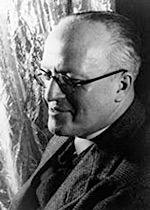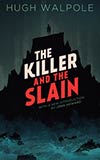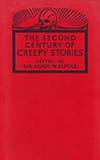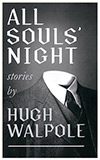Hugh Walpole
| Full Name: | Hugh Seymour Walpole |
| Born: | March 13, 1884 Auckland, New Zealand |
| Died: | June 1, 1941 |
| Occupation: | Writer |
| Nationality: | British |
| Links: |
|
Biography
Hugh Walpole was born in Auckland, New Zealand in 1884 and as a boy was sent to England to be educated. Bullied and miserable at school, young Walpole took refuge in the library, where he devoured the novels of Austen, Scott, Trollope and others, and he knew from an early age that he wanted to become a novelist. From 1903 to 1906, Walpole studied at Emmanuel College, Cambridge, and it was during this time that he first began to acknowledge his homosexuality. His attention was fixated for a time on A. C. Benson, whom he met as an undergraduate and who helped Walpole enter into a correspondence with Henry James, whom Walpole greatly admired and whose works would influence Walpole's own.
Walpole's first novel was The Wooden Horse (1909), but his first success was Mr. Perrin and Mr. Traill (1911), which received good reviews and sold well; it also earned the admiration of Arnold Bennett, who would go on to be a good friend. Walpole's career was further aided by a 1914 article by James in the Times Literary Supplement, in which he ranked Walpole with D. H. Lawrence and Compton Mackenzie as one of the important young English writers of his generation.
During the First World War, Walpole was rejected for service because of poor eyesight, so he went to Russia and assisted at hospitals, on one occasion single-handedly saving a Russian officer and earning the Cross of St. George. His experiences in Russia helped form the basis for his successful novels The Dark Forest (1916) and The Secret City (1919) and also earned him a CBE in 1918.
After the war, Walpole continued to write prolifically, usually publishing at least one very long novel each year. His output was diverse and included the popular "Herries" cycle of novels set in 18th-century England, as well as boys' stories featuring the character Jeremy, and what he called his "macabre" novels, including Portrait of a Man with Red Hair (1925). In addition to his writing, Walpole toured America extensively as a public speaker, winning great popularity and earning huge sales for his books in the United States.
During the 1930s, Walpole spent time in Hollywood, writing scripts for the films David Copperfield (1935) and Little Lord Fauntleroy (1936), and in 1937 he accepted a knighthood. At the start of the Second World War, Walpole remained in London and continued to write, working on his final macabre novel, The Killer and the Slain (1942), which was published posthumously. Walpole had long suffered from diabetes and his poor health, combined with the strain of his furious writing pace, probably contributed to his early death at age 57 in 1941.
Walpole's reputation had already begun to decline by the 1930s as he was increasingly seen as outdated by many critics, and it took a devastating hit when he was parodied in Somerset Maugham's Cakes and Ale (1930). A Times obituary that characterized Walpole as a "workmanlike" writer, "ambitious," and "a sentimental egotist" who "was not popular among his fellow-writers" further damaged his reputation, which is only now seeing signs of a revival with recent reprints (and a stage adaptation) of the Herries novels in the UK and a new Valancourt edition of The Killer and the Slain.
Works in the WWEnd Database
Non Series Works |
|||||||||||||||||||
|
|
|
|
|
|||||||||||||||














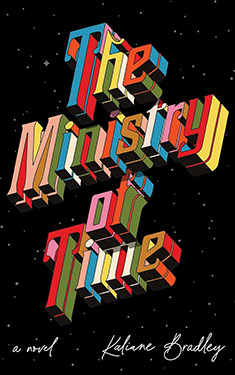
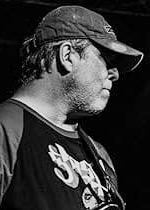



 Full Details
Full Details

